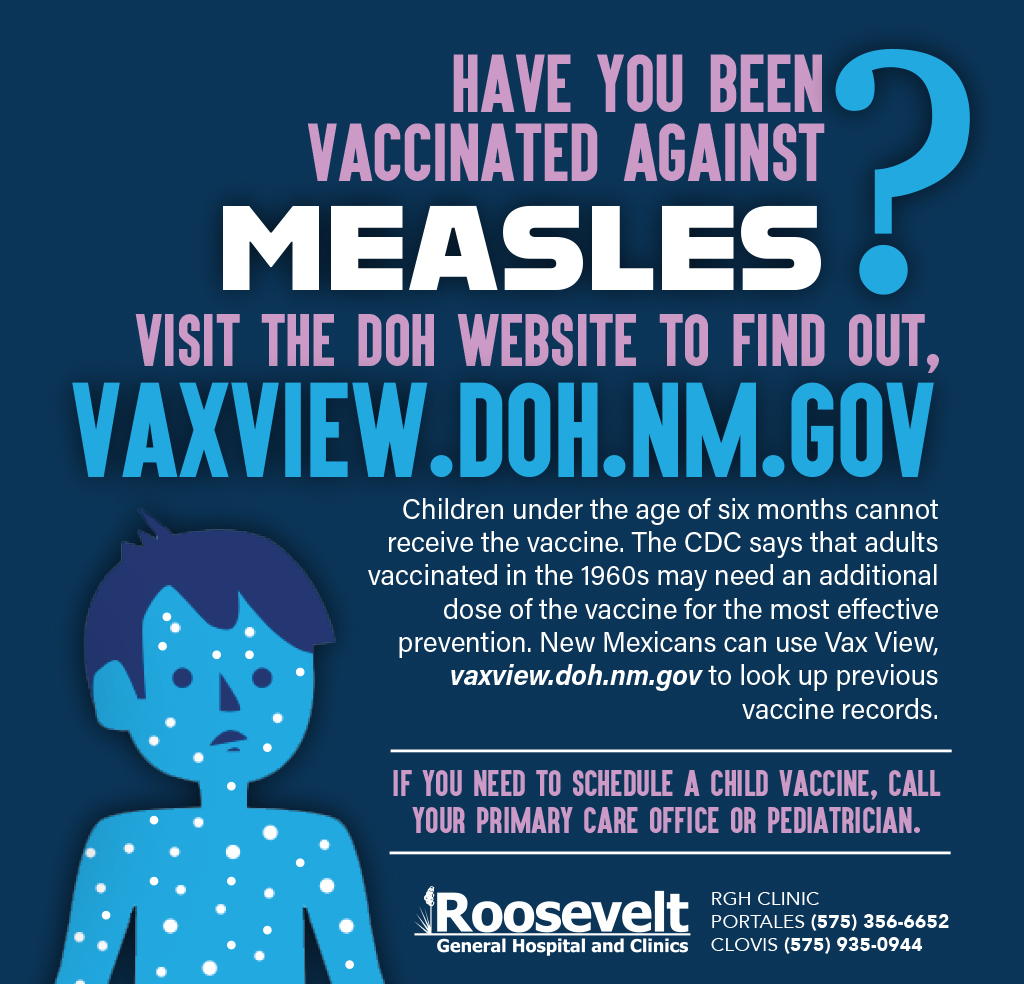WHEAT: The outlook for 2024/25 U.S. wheat this month is for slightly larger supplies and
domestic use, unchanged exports, and marginally higher ending stocks. Supplies are
raised on higher imports, increased 5 million bushels to 130 million, all on Hard Red
Spring. Feed and residual use is unchanged at 120 million bushels but there are
offsetting by-class changes based on the NASS Grain Stocks report. Seed use is
increased 2 million bushels to 64 million, based on the NASS Winter Wheat and Canola
Seedings report. Exports are unchanged at 850 million bushels but there are offsetting
by-class changes. Projected 2024/25 ending stocks are raised 3 million bushels to 798
million, up 15 percent from last year. The season-average farm price is reduced $0.05
per bushel to $5.55 on NASS prices reported to date and expectations for futures and
cash prices for the remainder of the marketing year.
The global wheat outlook for 2024/25 is for slightly larger supplies, lower consumption,
reduced trade, and higher ending stocks. Supplies are raised 0.4 million tons to 1,060.7
million as higher production for Syria and Pakistan more than offsets a reduction for
Uruguay. Global consumption is lowered 0.6 million tons to 801.9 million, primarily on
reductions for Turkey partially offset by Ukraine. World trade is 1.7 million tons lower at
212.0 million on decreased exports for Russia and Ukraine. Russia’s exports are forecast
at 46.0 million tons, down 1.0 million from last month and well below last year’s record of
55.5 million. Projected 2024/25 global ending stocks are raised 0.9 million tons to 258.8
million, primarily on increases for Russia, Brazil, Nigeria, and Ukraine more than
offsetting reductions for Turkey, China, and Indonesia.
COARSE GRAINS: This month’s 2024/25 U.S. corn outlook is for lower production, feed
and residual use, exports, and ending stocks. Corn production is estimated at 14.9 billion
bushels, down 276 million as a 3.8-bushel per acre cut in yield to 179.3 bushels is
partially offset by a 0.2-million acre increase in harvested area. Total corn use is down 75
million bushels to 15.1 billion. Feed and residual use is reduced 50 million bushels to 5.8
billion, based on indicated disappearance during the September-November quarter as
reflected by the Grain Stocks report. Exports are cut 25 million bushels to 2.5 billion
reflecting lower supplies. With supply falling more than use, corn stocks are lowered 198
million bushels. The season-average corn price received by producers is raised 15 cents
to $4.25 per bushel.
Global coarse grain production for 2024/25 is forecast down 4.8 million tons to 1.494
billion. This month’s foreign coarse grain outlook is for greater production, reduced trade,
and higher ending stocks. Foreign corn production is forecast higher with increases for
China, Ghana, and Russia. China corn production is raised to a record 294.9 million tons
WASDE-656-2
based on the latest data from the National Bureau of Statistics. Corn production is higher
for Russia based on the latest information from Rosstat.
Major global coarse grain trade changes for 2024/25 include lower corn exports for the
United States and Brazil. Corn imports are raised for Turkey but lowered for China, South
Korea, and Japan. Foreign corn ending stocks are higher mostly reflecting an increase
for China. Global corn stocks, at 293.3 million tons, are down 3.1 million.
RICE: The outlook for 2024/25 U.S. rice this month is for higher supplies, larger domestic
use, unchanged exports, and smaller ending stocks. The NASS Crop Production Annual
Summary estimated all rice production at 222.1 million cwt, up 2.3 million from the
previous estimate with the largest increases for Texas and Missouri. The all rice average
yield is estimated at a record 7,748 pounds per acre, up 158 pounds from the prior
estimate on a record long-grain yield. Domestic and residual use is increased 6.0 million
cwt to 165.0 million, based on implied August through November use in today’s Rice
Stocks report. Projected ending stocks are lowered 3.2 million cwt to 43.5 million but are
still 9 percent higher than the previous year.
Several changes were made to 2024/25 season-average farm price forecasts. The Other
State medium- and short-grain price is raised $0.30 per cwt to $14.80, the long-grain
price is lowered $0.20 per cwt to $14.30, and the all rice price is unchanged at $15.60 per
cwt.
The 2024/25 global outlook this month is for smaller supplies, consumption, trade, and
ending stocks. Supplies are lowered 0.4 million tons to 712.4 million with most of the
reduction the result of a lower China production estimate reported by the National Bureau
of Statistics. World 2024/25 consumption is lowered 0.1 million tons to 530.2 million,
mainly on lower forecasts for Bangladesh and China. Global trade is decreased 0.2
million tons to 57.9 million with reductions for Vietnam and Thailand. Projected world
ending stocks are lowered 0.3 million tons to 182.1 million as reductions for China,
Bangladesh, the United States, and Pakistan are partially offset by higher stocks for
Vietnam, Nigeria, and Thailand.
OILSEEDS: U.S. oilseed production for 2024/25 is estimated at 128.5 million tons, down
2.7 million from the previous report. Lower soybean, peanut, rapeseed, and
sunflowerseed crops are partly offset by higher cottonseed.
Soybean production is estimated at 4.4 billion bushels, down 95 million led by decreases
for Indiana, Kansas, South Dakota, Illinois, Iowa, and Ohio. Harvested area is estimated
at 86.1 million acres, down 0.2 million. Yield is estimated at 50.7 bushels per acre, down
1.0 bushel. With lower production, slightly higher imports, and unchanged exports and
crush, soybean ending stocks are projected at 380 million bushels, down 90 million. The
soybean oil balance sheet adjustments include increased exports and lower soybean oil
used for biofuel.
The U.S. season-average soybean price for 2024/25 is projected at $10.20 per bushel,
unchanged from last month. The soybean meal price is increased $10 to $310 per short
ton. The soybean oil price is forecast unchanged at 43 cents per pound.
WASDE-656-3
Foreign 2024/25 oilseed production is lowered 0.3 million tons to 551.9 million, mainly on
lower rapeseed production for India, Russia, and Uruguay, and lower soybean production
for Russia and China. Partly offsetting is higher sunflowerseed production for Russia and
higher cottonseed production for China and Australia.
Global soybean exports are unchanged while global soybean crush is raised 1.9 million
tons to 349.3 million. Crush is higher for Brazil on strong first-quarter soybean meal
exports. The Iraq soybean balance sheet was also added to the database as soybean
imports have risen over the past few years, which contributed to higher month-over
month global crush. Global soybean ending stocks are forecast at 128.4 million tons,
down 3.5 million, mainly on lower stocks for the United States and Brazil.
SUGAR: U.S. sugar supply for 2024/25 is increased 242,943 short tons, raw value
(STRV) to 14.494 million on increases in beet sugar production, imports, and beginning
stocks. Beet sugar production is increased 178,030 STRV to 5.338 million mainly on an
increase in beet sugar recovery from sliced sugarbeets from 14.751 percent last month
(10-year Olympic average) to 15.106 (statistically derived from recovery data for the
August-November portion of the 2024/25 crop year sugar campaign). High-tier tariff/Other
imports are increased 40,387 STRV on imports recorded by Customs and Border
Protection (CBP) through the first week of January above what was expected for the
period last month. Projected 2024/25 high-tier raw sugar is at 166,966 STRV and high
tier refined is at 295,269 STRV. Sugar from imported molasses is unchanged at 54,645
STRV. Beginning stocks are increased 24,054 STRV on changes made by refiners and
processors in the revised 2023/24 Sweetener Market Data (SMD). Because there are no
use changes, the change in supply flows through to ending stocks for a projected total of
1.939 million STRV, implying a stocks-to-use ratio of 15.44 percent.
For 2024/25 in Mexico, additional imports of 9,434 metric tons (MT), previously
contracted, are expected to enter during the marketing year. With ending stocks
unchanged, exports are increased by that same amount. Exports under license to the
United States are unchanged at 531,409 MT. All of the change is for exports not under
license.
LIVESTOCK, POULTRY, AND DAIRY: Red meat and poultry production for 2024 is
lowered from last month due to lower beef, pork, broiler, and turkey production in the
fourth quarter. Changes in the estimates reflect November production data and
preliminary estimates of slaughter numbers and weights for December. Egg production is
lowered based on reductions of the layer flock as a result of Highly Pathogenic Avian
Influenza (HPAI)-related culling reported in December.
For 2025, the beef forecast is raised on an increase in steer and heifer slaughter due to
higher placements expected during the fourth quarter of 2024, as well as higher dressed
weights. USDA’s Cattle report, which will be released January 31, will provide an
indication of the number of cattle available for placement during 2025 as well as producer
intentions for retaining heifers for addition to the breeding herd. Pork production is raised
reflecting pig crop and farrowings data for the second half of 2024 and the first half of
2025 published in the December Quarterly Hogs and Pigs report. Broiler production is
lowered based on recent slaughter data indicating lower-than-previously expected
WASDE-656-4
weights. Turkey production is lowered for the first half of 2025 based on recent hatchery
data and HPAI-related culling through early January. Egg production is also lowered due
to reductions of the layer flock as a result of HPAI-related culling.
Beef import and export estimates for 2024 are raised on recent trade data. For 2025,
beef imports are raised largely on continued strong shipments of beef from Oceania and
South America. The 2025 beef export forecast is unchanged. Pork exports for 2024 are
lowered based on recent trade data, but exports for 2025 are unchanged. Broiler exports
in 2024 are lowered on recent trade data. Broiler exports for 2025 are also lowered on
lower available supplies and strong price competition. Turkey exports are lowered for
2024 and 2025 on the recent trade data and lower domestic supplies.
Price estimates for 2024 are adjusted to reflect December data. For 2025, cattle prices
are raised on recent prices and continued strong demand for cattle and beef. Hog prices
are raised in 2025 supported by higher cattle and poultry prices. Broiler prices in 2025
are projected higher on lowered supplies and as stronger prices in late 2024 are
expected to carry over into 2025. Turkey prices for 2025 are lowered with lower prices in
late 2024 carrying over into 2025. Egg prices for 2025 are raised on recent HPAI
outbreaks’ impacts on recent prices during the first quarter, as well as the implications on
the flock size for the remainder of 2025.
Milk production for 2024 is lowered from last month, with lower milk cow inventories and
lower expected milk per cow based on the most recent Milk Production report. The 2025
production forecast is also lowered due to slower growth in output per cow. USDA’s Cattle
report will provide an indication of producer intentions for retaining dairy heifers for
addition to the milking herd.
Fat basis imports for 2024 are higher based on recent trade data. Skim-solids basis
imports for 2024 are unchanged. Fat basis imports for 2025 are raised on higher
expected cheese and butter imports. Skim-solid basis imports for 2025 are lowered
based on lower expected casein and milk protein concentrate. Exports on a fat basis are
higher for both 2024 and 2025 on recent trade data and higher expected shipments of
butter and cheese due to the U.S. price competitiveness of butter and cheese. Exports on
a skim-solids basis are lowered for both 2024 and 2025 on recent trade data and less
competitive U.S. nonfat dry milk (NDM) and whey.
For 2024, product and Class price estimates are adjusted to reflect reported prices. For
2025, prices for cheese, butter, NDM, and whey are all expected to be higher due to less
milk production and supportive demand. The Class III price is raised, with higher cheese
and whey prices. Class IV prices are also raised, due to higher butter and NDM price
forecasts. The 2024 all milk price forecast is lowered to $22.60 per cwt and the 2025 all
milk price is raised to $23.05 per cwt.
COTTON: For the 2024/25 U.S. cotton balance sheet, production and ending stocks are
increased while exports are reduced. Domestic use and beginning stocks are unchanged.
The U.S. all-cotton production is revised upward 159,000 bales to 14.4 million as the
national all-cotton yield estimate is raised 44 pounds to 836 pounds per harvested acre,
reflecting a larger crop and lower harvested area. Most of the reduction in harvested area
WASDE-656-5
occurred in the Southwest while yields in numerous Southeast, Delta, and Southwest
States are expected to be higher. Projected exports are lowered 300,000 bales to 11.0
million. Ending stocks are raised to 4.8 million bales for a stocks-to-use ratio of about 38
percent. The 2024/25 season average upland farm price is reduced to 65 cents per
pound.
Global production, consumption, trade, and ending stocks are raised in the 2024/25 world
cotton balance sheet while beginning stocks are unchanged. World production for
2024/25 is increased just over 2 million bales to 119.4 million, largely the result of a 1.8
million-bale increase for China’s crop. Larger crops are also projected for Australia and
the United States while production in Pakistan is reduced. World consumption is raised
100,000 bales as increases in Bangladesh and Vietnam more than offset a reduction for
Turkey. Projected exports are raised 225,000 bales as increases for Brazil, Australia, and
India exceed the reduction for the United States. Ending stocks are increased almost 1.9
million bales as increases in China, the United States, Australia, and India more than
offset the reduction for Brazil.
Approved by the Secretary of Agriculture and by the Chairman of the World Agricultural Outlook
Board, Mark Jekanowski, (202) 720-6030. This report was prepared by the Interagency Commodity
Estimates Committees.
APPROVED BY:
SETH MEYER
SECRETARY OF AGRICULTURE DESIGNATE






































